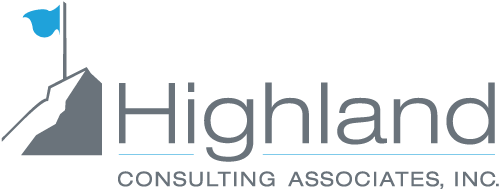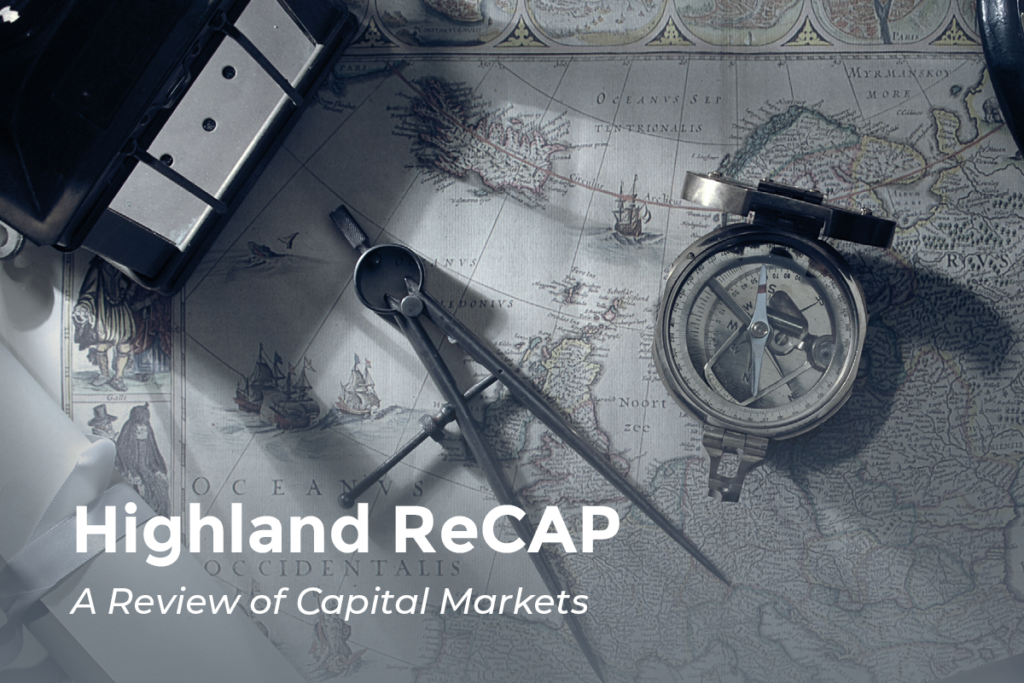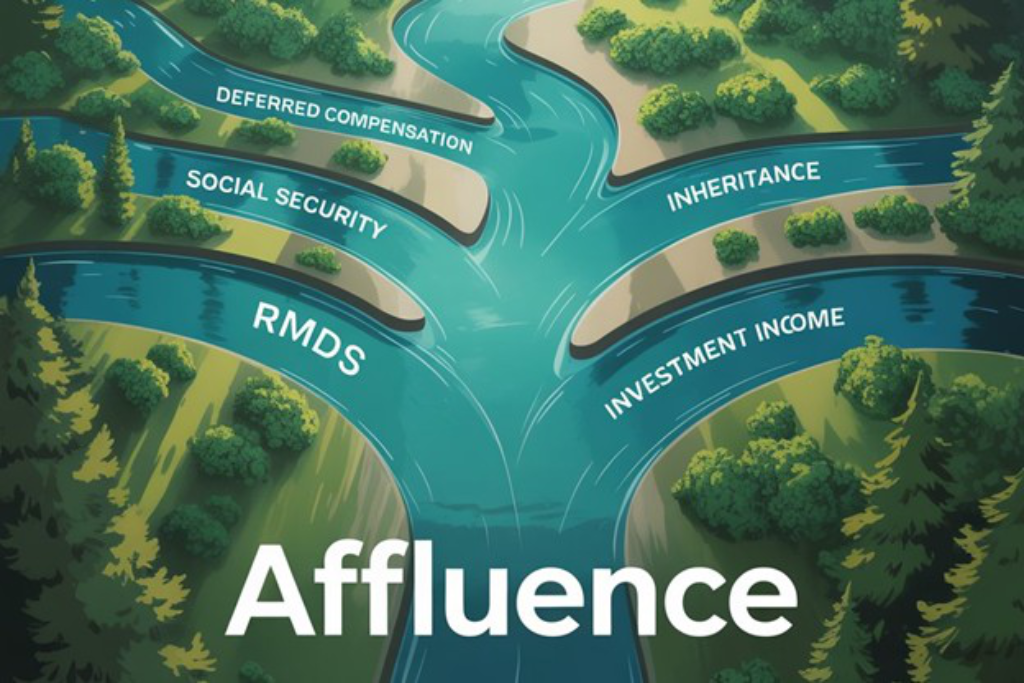The E&F Advocate: Endowment Turbulence – A Crisis at the Crosswinds of Politics, Policy, and Portfolio Strategy

photo credit: ideogram.ai
Back in calmer times, larger endowments operated with seeming invisibility—quietly compounding capital over decades, shielded from public glare. Fast forward to today, these capital pools sit squarely in the eye of a brewing political and financial storm. Harvard, Yale, Princeton, and Columbia—once synonymous with strategic patience and long-termism—are now recalibrating rapidly. The catalysts? Political scrutiny, tax threats, liquidity stress, and shifting societal expectations.
I. The Political Risk Premium Is Rising
University endowments have become lightning rods in the culture wars. The backlash to Harvard’s handling of protests in 2023, followed by a $2.3 billion federal funding freeze, signaled an escalation in how Washington engages with some in academia. Is this a passing skirmish— or is it a structural shift in the operating environment?
The result? A new political risk premium is being priced into university funding. Policy decisions are no longer tail risks—they’re core portfolio risks. Donor revolts, activist scrutiny, and media narratives now shape the capital flows into and out of endowments. The veneer of permanence is cracking.
II. Yale’s $6 Billion Signal: Liquidity First
In perhaps the most telling move of 2025 so far, Yale is reportedly divesting up to $6 billion in private equity and venture capital exposures via the secondary market. For an institution that pioneered the illiquidity premium thesis, this is a profound shift.
Liquidity isn’t just a defensive tactic; it’s becoming the defining asset class. The market for long-dated, opaque, and cash-constrained investments is being repriced, and CIOs are being forced to pivot. Even with some discounting, secondaries allow institutions to reconfigure for optionality, not just return.
This sale is also a signal to peer institutions: portfolios once optimized for maximal long-term return may now need to accommodate regime shifts, funding gaps, and headline volatility.
III. Taxation Moves from Rhetoric to Reality
Since the 1.4% endowment excise tax was introduced in 2017, most saw it as symbolic. That’s no longer the case. New proposals on Capitol Hill include:
- Raising the tax rate to 10%–21%
- Lowering the eligibility threshold from $500,000 to $200,000 per student
- Expanding reporting and payout mandates
Simultaneously, state-level proposals are gaining steam; like the bill to tax Yale’s endowment for local New Haven funding, or New Jersey’s idea to levy a 5% annual endowment tax on Princeton.
This isn’t just a revenue question, it’s a governance shift. These endowments are being recast not as private capital pools, but quasi-public trusts. Fiduciary strategies may need to incorporate tax arbitrage, legislative modeling, and political stakeholder engagement.
IV. Strategy Recalibrated: Five Takeaways
What do you do when long-duration capital starts facing short-term shocks? You rethink your playbook. Here's what’s becoming clear:
- Liquidity is the New Alpha: Optionality now trumps pure return. Yale’s move may become a benchmark.
- Transparency is Non-Negotiable: Stakeholders—including donors, students, and media—demand to know what you own and why. Governance becomes a risk mitigant.
- Beyond the Yale Model: Public markets, interval funds, and hybrid vehicles offer a more flexible future.
- Tax-Aware Structuring is Core Strategy: From offshore blockers to targeted payouts, fiscal agility is in.
- Brand Management is a Capital Strategy: Reputation now directly affects fundraising velocity, enrollment, and regulator interest. It’s a balance sheet item.
Conclusion: Navigating the Great Reset
This is not just another cycle, it’s a reset of what it means to be a modern endowment. The model of patient capital still stands, but not without some storm warnings and risks. Politics is no longer an externality. Illiquidity is no longer an unambiguous edge.
As the clouds part, institutions that combine agility with clarity, who respond not just with spreadsheets, but with narrative, will outperform. The storm has not yet passed, but a strategy that leans into optionality, transparency, and reputational equity will chart the forward course.
Our five-pillar framework for endowment management is particularly useful in these unsettled times.
With more than 30 years serving endowment and foundation clients, Highland has operated through market tranquility and turbulence both, guiding our clients and their portfolios for optimal results.
If you’d like to discuss this current storm in greater detail or explore what we may expect in the future, contact Gaurav Patankar, gpatankar@highlandusa.net. As a client-first consultancy, we’d like nothing more than to talk with you.
Highland Consulting Associates, Inc. was founded in 1993 with the conviction that companies and individuals could be better served with integrity, impartiality, and stewardship. Today, Highland is 100% owned by a team of owner-associates galvanized around this promise: As your Investor Advocates®, we are Client First. Every Opportunity. Every Interaction.
Highland Consulting Associates, Inc. is a registered investment adviser. Information presented is for educational purposes only and is not intended to make an offer of solicitation for the sale or purchase of specific securities, investments, or investment strategies. Investments involve risk and unless otherwise stated, are not guaranteed. Be sure to first consult with a qualified financial adviser and/or tax professional before implementing any strategy discussed herein. Past performance is not indicative of future performance.



